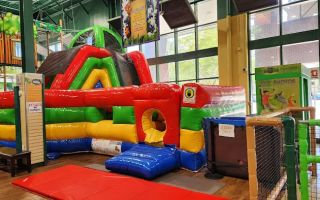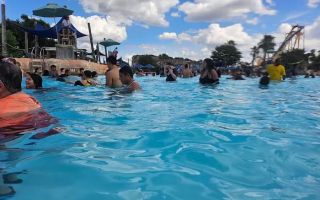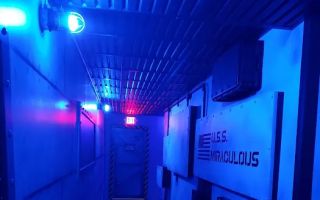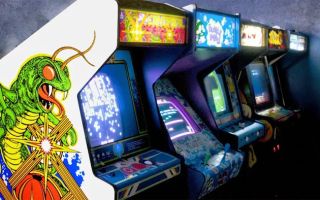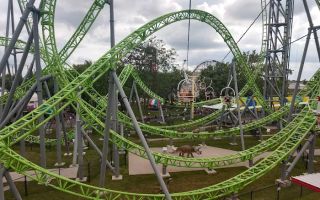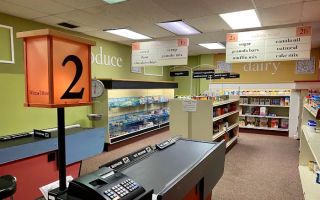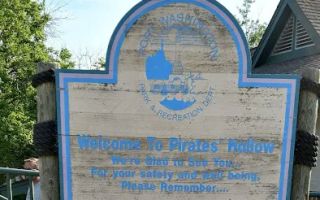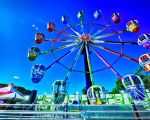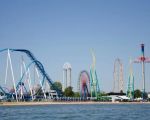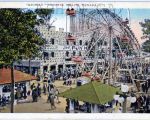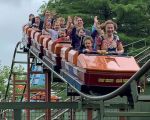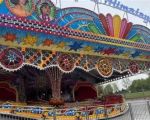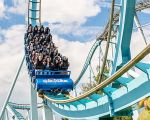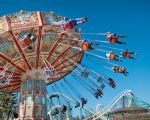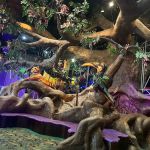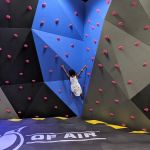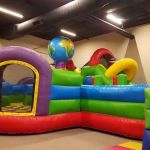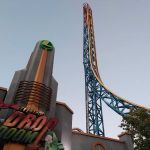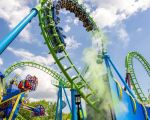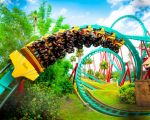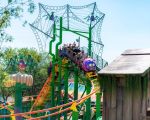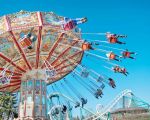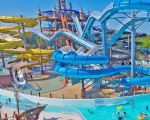- Understanding-challenges
- Characteristics-of-suitable-rides
- Top-recommended-rides
- Preparing-your-child
- Case-study-Hickory-Dickory-Park
- Park-accommodations-and-supports
- Safety-and-monitoring-during-rides
- Next-steps-and-resources
1. Understanding sensory challenges and autism
1.1 The spectrum of sensory needs
Children with autism often experience heightened or dampened responses to sights, sounds, and motion. Bright lights, sudden noises, or rapid movements can overwhelm their sensory systems, leading to distress or shutdowns. When seeking rides suitable for kids with autism, caregivers must first understand these individual sensitivities—no two children on the spectrum react the same way to sensory stimuli.
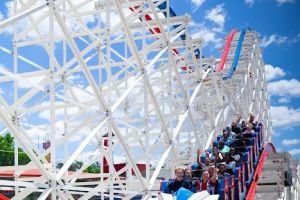
Fun Spot America Theme Parks — Atlanta
1675 GA-85, Fayetteville, GA 30214, USA
1.2 Behavioral triggers and coping strategies
Common triggers include unexpected startle effects and long queues. Identifying personal calming techniques—such as deep-pressure vests, noise-cancelling headphones, or favorite comfort items—helps mitigate stress. Awareness of these triggers lays the groundwork for choosing rides that support engagement without sensory overload.
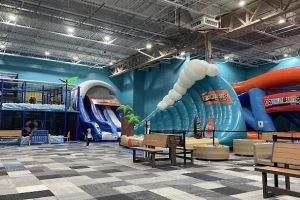
Cowabunga's Indoor Kids Play & Party Center - Manchester
725 Huse Rd, Manchester, NH 03103, USA
2. Characteristics of suitable rides for kids with autism
2.1 Predictable motion and gentle pacing
Rides with smooth, linear movement—like gentle train or boat rides—are often comforting. Predictable pacing allows children to anticipate each turn, reducing anxiety. Look for attractions with constant speeds and no sudden drops, as these characteristics define rides suitable for kids with autism.
2.2 Low audio and visual stimulation
Attractions without loud soundtracks or strobe lights minimize sensory conflicts. Subdued lighting and natural scenery can provide a soothing environment. When researching parks, review ride previews online to gauge noise level and visual intensity before visiting.
2.3 Short duration and easy exit options
Shorter ride cycles—under two minutes—and accessible exit points allow children to leave promptly if overwhelmed. Rides with open seating and no heavy restraints offer a sense of control, which is crucial for maintaining comfort and trust during the experience.
3. Top recommended rides for children with autism
3.1 Scenic railway tours
Scenic railway rides provide panoramic views at a leisurely pace. The gentle clack of rails and the absence of sudden movements create a predictability that many autistic children find reassuring. These tours exemplify rides suitable for kids with autism by combining visual interest with controlled motion.
3.2 Carousel and gentle spinner attractions
A classic carousel offers soft rotation and familiar music at low volume. Similarly, small spinner rides with adjustable speeds let families control intensity. These attractions blend social interaction with manageable sensory input, making them favorites for many families.
3.3 Interactive boat or bumper car areas
Low-speed bumper cars or pedal boats allow children to control their movement. Agency over direction and speed builds confidence and reduces unpredictability, a key factor when selecting rides suitable for kids with autism.
4. Preparing your child for the experience
4.1 Social stories and visual schedules
Creating simple social stories that outline each step—from queuing to boarding to exiting—helps children know what to expect. Visual schedules with pictures or icons guide transitions and provide reassurance throughout the day.
4.2 Practice runs and ride previews
Visiting the park off-hours to walk through queue areas or watching ride videos at home familiarizes children with sensory elements. Practice runs reduce novelty anxiety and empower caregivers to gauge comfort levels before peak crowds arrive.
4.3 Sensory toolkit essentials
Packing a toolkit—noise-cancelling headphones, fidget toys, weighted lap pad, and tinted glasses—enables on-the-spot adjustments. Having these items on hand ensures you can adapt quickly if a ride’s environment proves too intense.
5. Case study: Hickory Dickory Park’s sensory-friendly approach
5.1 Dedicated Autism Awareness Day
Hickory Dickory Park hosts annual Autism Awareness Days with reduced noise levels, dimmed lighting, and staff trained in sensory sensitivity. Families report that this event exemplifies how parks can adapt to create rides suitable for kids with autism by offering a supportive environment.
5.2 Personalized ride passports
During the Awareness Day, each child receives a “ride passport” listing attractions with sensory ratings and recommended accommodations. This tool guides parents toward suitable rides and streamlines the day’s planning, ensuring positive experiences for both children and caregivers.
6. Park accommodations and supports
6.1 Quiet rooms and sensory retreats
Designated quiet rooms equipped with soft lighting, comfortable seating, and calming activities offer essential breaks. These retreats are integral to ensuring that families can regroup and decompress before returning to attractions.
6.2 Trained staff and accessibility passes
Staff trained in autism awareness can assist with boarding and provide gentle reminders of ride steps. Accessibility passes that allow skip-the-line privileges reduce waiting time stress and help maintain emotional equilibrium for children sensitive to long queues.
7. Safety and monitoring during rides
7.1 Clear communication and consent
Before boarding, explain ride mechanics in simple terms and seek verbal confirmation that the child is comfortable. Continuous check-ins—using hand signals or touch cues—ensure they feel supported and can signal distress at any moment.
7.2 Real-time monitoring tools
Wearable devices that track heart rate or stress indicators alert caregivers to rising anxiety levels. Combining these metrics with observational cues helps decide whether to continue or pause the activity.
8. Next steps and resources
8.1 Pre-visit planning with Hickory Dickory Park
Families interested in discovering rides suitable for kids with autism can access Hickory Dickory Park’s online sensory guide, downloadable checklists, and pre-booking options for Autism Awareness Days. Planning ahead ensures the best possible experience.
8.2 Connecting with support communities
Joining local autism support groups or online forums provides firsthand reviews of attractions and practical tips. Sharing experiences empowers families to find new recommendations and adapt strategies for future visits.
8.4 Embracing flexible fun
Remember that every child’s needs differ. Using this guide to identify and prepare for rides suitable for kids with autism transforms theme-park visits into memorable, stress-free adventures where families can focus on joy, not anxiety.


